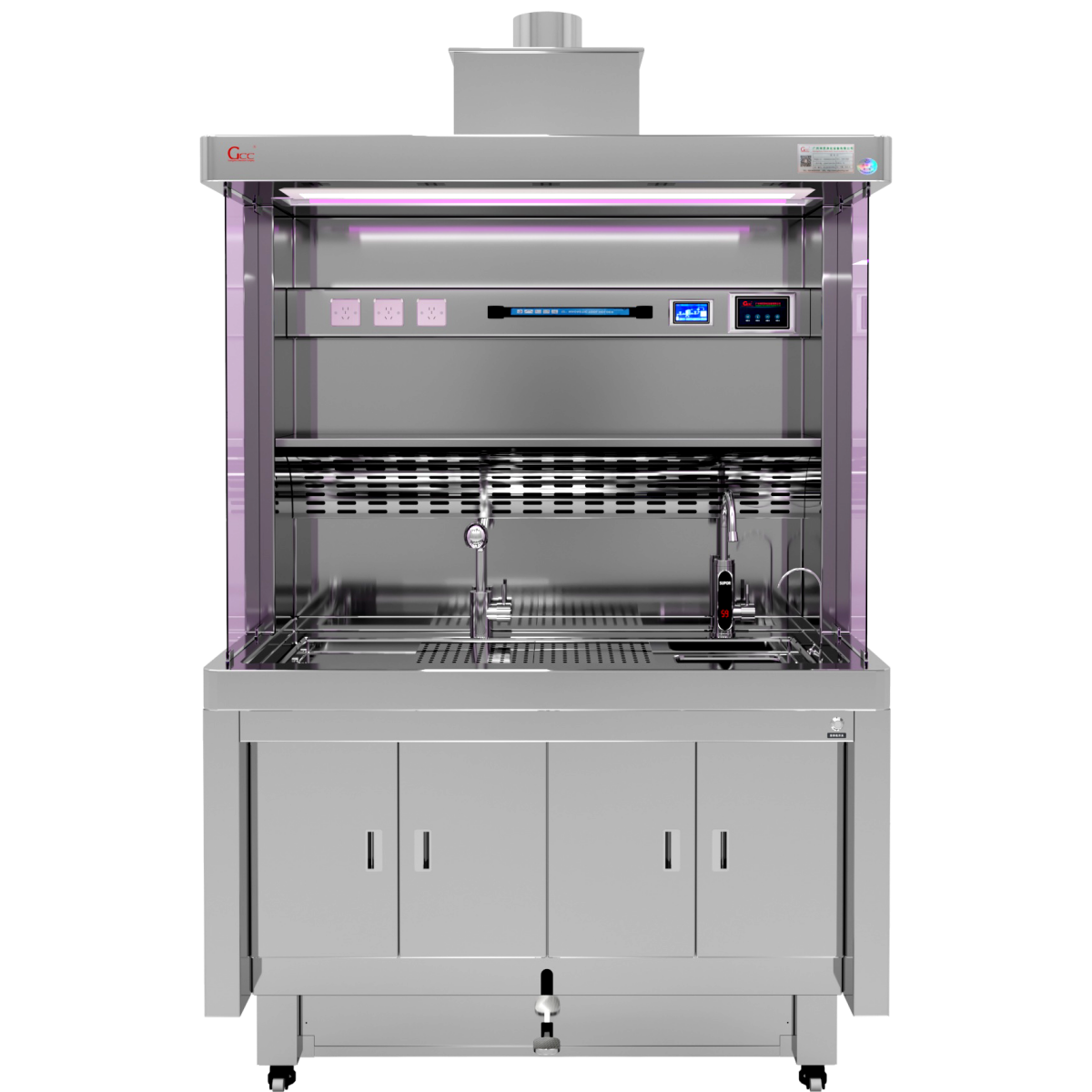Introduction
When setting up or upgrading a pathology laboratory, one of the most important considerations is cost. The grossing station price can vary significantly depending on features, materials, and design. Choosing the right grossing station is not only a matter of budget—it also impacts lab safety, efficiency, and long-term performance.
This article will explain the factors that influence grossing station prices, the benefits of investing in a high-quality model, and tips for selecting the best option for your laboratory.

What Is a Grossing Station?
A grossing station is a specialized workstation used in histopathology for the dissection and examination of tissue samples before microscopic analysis.
Modern grossing stations are designed to protect technicians from chemical fumes (such as formalin and xylene), provide ergonomic work surfaces, and ensure proper waste management. Because of these safety and functionality requirements, prices can vary widely based on features, materials, and technology.
Factors That Affect Grossing Station Price
1. Material Quality
High-quality grossing stations are typically made from 304 or 316 stainless steel to resist corrosion from chemicals. Stations made with lower-grade materials may be cheaper but have a shorter lifespan and require more maintenance.
2. Ventilation System
The type of ventilation significantly affects price.
Ducted systems: Require installation of exhaust ducting, providing optimal fume removal. These usually cost more upfront.
Ductless systems: Use HEPA or activated carbon filters for air purification. They can be more affordable but need regular filter replacement.
3. Size and Configuration
Single-user vs. double-user stations: Larger stations allow more staff to work simultaneously but are more expensive.
Work surface area and depth: Larger surfaces require more materials and higher-quality construction.
4. Additional Features
Optional features can increase price but improve workflow efficiency and safety:
LED lighting and adjustable illumination
Cold water taps and formalin spray systems
Down-draft ventilation
Camera or documentation systems
Splash guards and emergency alarms
5. Brand and Warranty
Reputable brands with international certifications (ISO, CE, GMP) typically charge more but provide better durability, service, and compliance with safety standards.
Typical Grossing Station Price Ranges
While exact prices vary by region and supplier, here’s a general overview:
| Type | Approximate Price Range (USD) | Notes |
| Basic single-user ductless station | $2,000 – $5,000 | Suitable for small labs or teaching purposes |
| Mid-range single-user ducted station | $5,000 – $10,000 | Offers better ventilation and durability |
| Advanced double-user ducted station | $10,000 – $20,000+ | High-end materials, integrated features, optimal for busy labs |
Investing in a higher-quality grossing station may seem costly initially but can save money over time by reducing maintenance, increasing safety, and improving workflow efficiency.
Why Price Shouldn’t Be the Only Consideration
While it’s natural to compare costs, focusing solely on price can compromise safety and functionality. A well-chosen grossing station:
Protects technicians from chemical exposure
Enhances efficiency in tissue handling
Ensures compliance with international safety standards
Reduces long-term maintenance and replacement costs
Sometimes, a slightly higher upfront investment results in better ROI over the equipment’s lifespan.
Tips for Choosing a Grossing Station Based on Price
Assess Your Lab Needs: Determine the volume of specimens and number of users.
Balance Features and Budget: Decide which optional features are essential.
Consider Long-Term Costs: Factor in maintenance, filter replacement, and energy consumption.
Verify Certification and Warranty: Choose stations that meet ISO, CE, or GMP standards.
Compare Suppliers: Look for reputable suppliers who provide technical support and after-sales service.
Conclusion
Understanding grossing station price is crucial for laboratory planning. While costs vary depending on materials, ventilation, size, and features, the right investment ensures safety, efficiency, and compliance.
When choosing a grossing station, consider both upfront costs and long-term benefits to make a decision that supports your laboratory’s performance, safety, and growth.